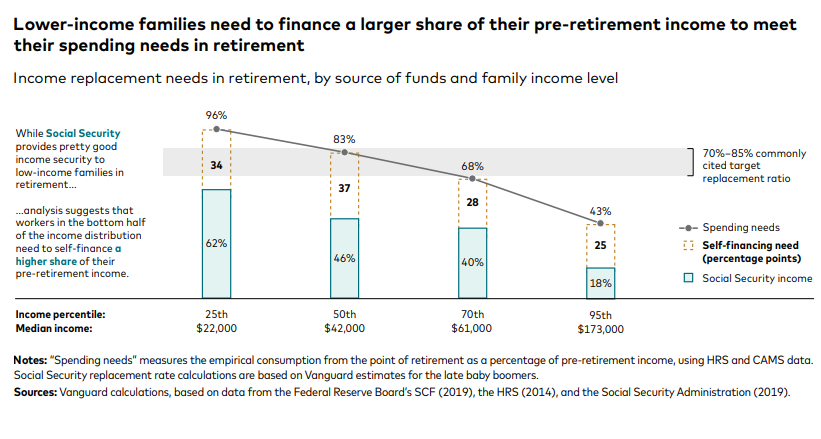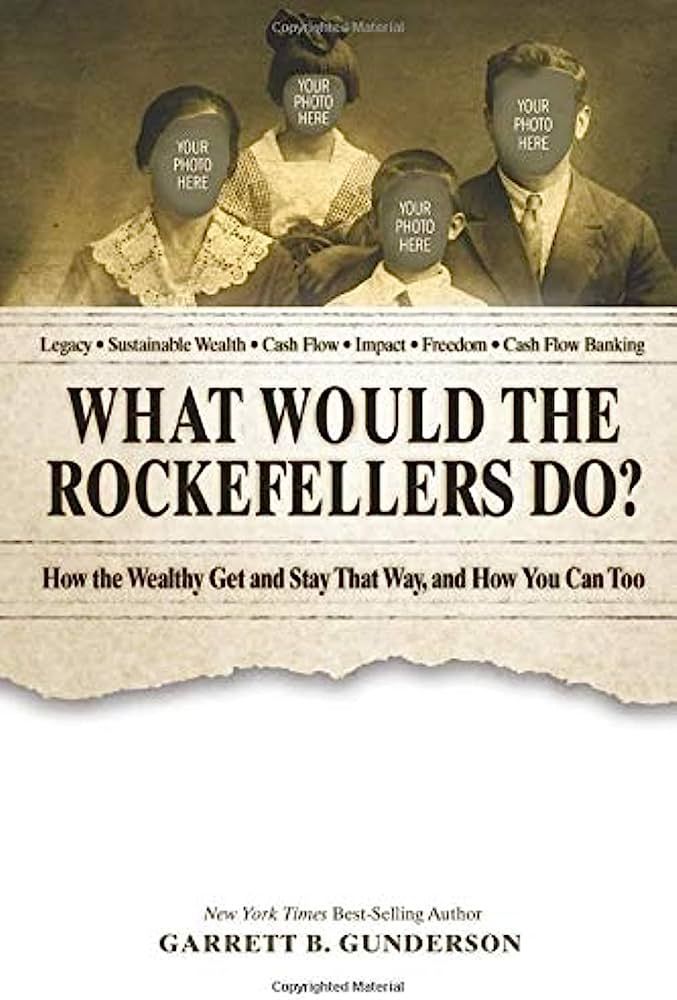The Downside of Depending on Crowdfunding: GoFundMe vs. Life Insurance

Last week a friend reached out to me for assistance in setting up a crowdfunding campaign on GoFundMe for a local family. The sudden demise of the breadwinner - a father of two young children - had left the family in a financially precarious situation, as the mother had been caring full-time for their young children.
To understand the situation better, I delved into the world of crowdfunding campaigns. I was taken aback by the sheer volume of requests for donations - there were thousands of campaigns asking for assistance to cover medical or funeral expenses just in my local area alone. Looking into this phenomenon further, I discovered a journalist's article from 2016 highlighting over 30,000 results, and within a span of three weeks, this number had already risen to 33,000 and growing daily since. The common thread between these campaigns was a lack of life insurance.
According to the National Opinion Research Center at the University of Chicago, more than 12 million Americans admit to starting crowdfunding campaigns to help someone outside their immediate family afford their medical bills.
As a financial success engineer, I'm on a mission to help people optimize their money to achieve their ideal life - a life that is financially secure. Financial security implies knowing how much you need for your lifestyle and having a strategic plan to protect your income and assets to assure your financial success. Unfortunately, the increasing dependence on crowdfunding platforms for financial emergencies signals a concerning trend. Let's dive into why crowdfunding falls short as an alternative to life insurance.
#1: The Reality of Crowdfunding
While platforms like GoFundMe make it simple to solicit donations, they often fail to deliver the desired financial results. The Crowdfunding Center reports that the average successful campaign only raises about $7,000, while overall success rates hover around a mere 22.4%. Additionally, these platforms levy fees on the collected donations and while not taxed as income, donations must still be reported as gifts on tax returns, affecting both recipients and donors financially.
#2: The Assurance of Life Insurance
Life insurance provides multiple layers of financial security. It replaces income after the policyholder's death, covers unexpected healthcare costs, pays off debts, and facilitates wealth transfer to heirs. Unlike the uncertainty of GoFundMe, life insurance offers certainty and stability. Purchasing a policy early when in good health secures low-cost coverage for pennies on the dollar.
#3: Additional Life Insurance Benefits
Modern life insurance programs are not the same as the term life or temporary programs that were available to our parents, or which are still provided through employment. Don’t get me wrong, term insurance does still have its place but did you know that term insurance is even less expensive when its included inside a permanent policy?
The other huge benefit permanent policies provide is what are called “living benefits”. Living benefits allow you to access the death benefit in advance (while still living) due to medical reasons such as for chronic conditions where you are unable to work and produce income or if you are diagnosed with critical injury or illness or a terminal condition. The amounts of money available through life insurance which can be paid out either as a monthly payment or in lump sum are much higher (and therefore much more helpful) than what is being achieved through crowdfunding campaigns.
Lastly modern permanent life insurance policies provide both an accessible (for any reason at all) cash value and a return on your premium investment. Did you know that cash value life insurance is one of the best kept secrets that the wealthy use to invest and grow money for use as future tax-free income or for investment equity to reduce the interest they pay lenders?
#4: Crowdfunding vs. Life Insurance: The Fundamental Differences
Dependability and amount of funding are the major points of difference. GoFundMe campaigns hinge on the goodwill of donors and are highly unpredictable, life insurance offers a reliable safety net for beneficiaries. Coverage is another significant aspect - crowdfunding platforms will likely not meet all financial needs, whereas life insurance provides comprehensive coverage tailored to individual needs and budget. Additionally, life insurance proves more cost-effective than potential GoFundMe campaigns over the long term.
#5: The Power of Financial Literacy
Planning for a secure future necessitates financial preparedness. Security and certainty should be top considerations when evaluating financial protection options. Life insurance, with its dependability and comprehensive coverage, offers a solution that outperforms crowdfunding. A consultation with a fiduciary broker can assist in identifying a suitable life insurance policy for your needs and your budget.
In conclusion, crowdfunding might provide temporary financial relief for some, but it doesn't measure up to the security and reliability of life insurance. Crowdfunding's inherent unpredictability and limitations make it a less-than-optimal alternative. Life insurance gives policyholders the assurance that their loved ones will be financially secure, even in unforeseen circumstances. Prioritizing financial security and considering life insurance as a dependable safety net is a prudent move.
If you are interested to learn more about modern life insurance and the types of plans available, you can learn more here.






